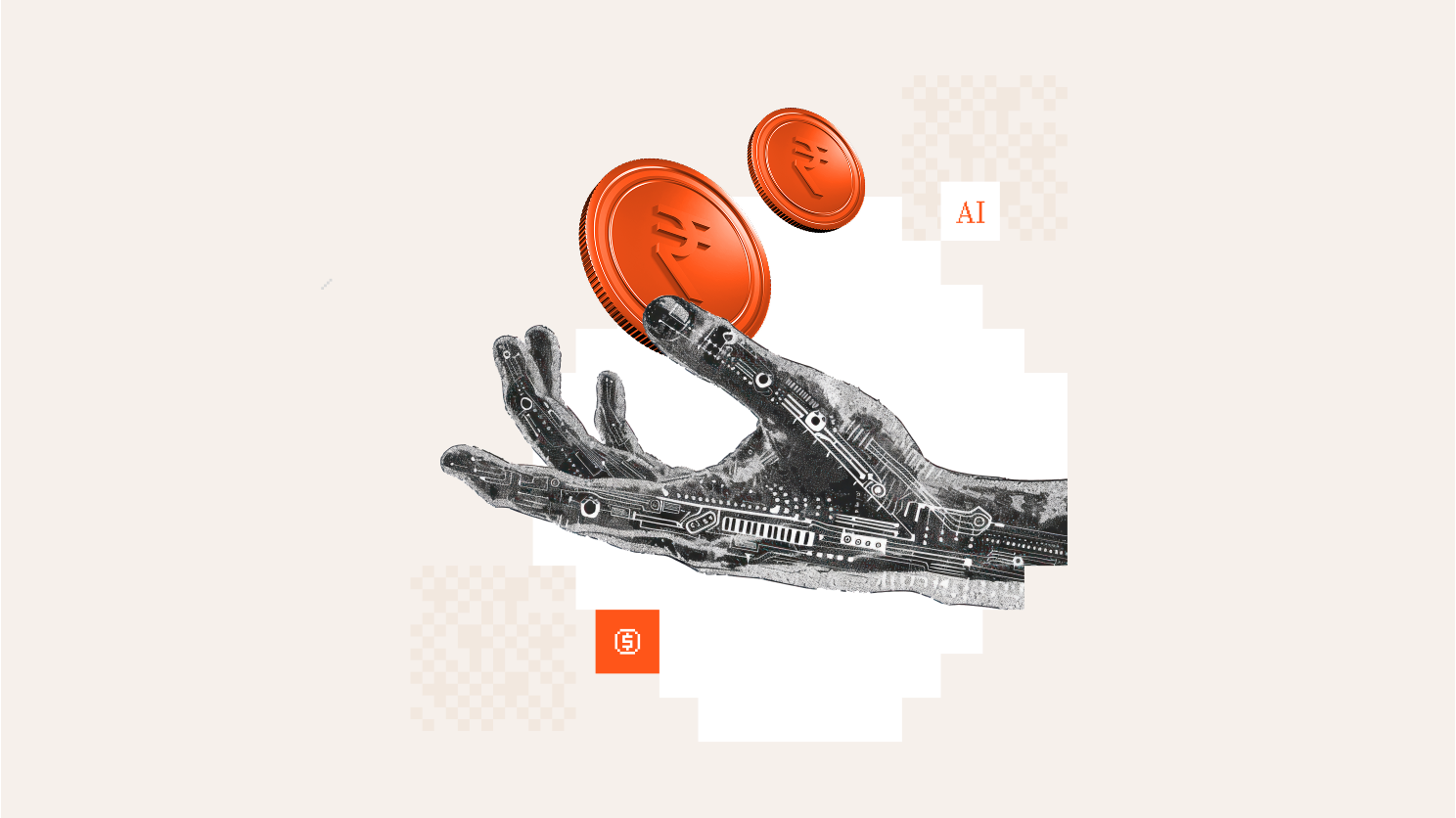Key Takeaways
• Pharmaceutical companies spend over $80B annually on regulatory, medical affairs, and commercial functions, with $10B+ outsourced—creating massive opportunities for AI-driven efficiency.
• Medical Science Liaisons (MSLs) are replacing traditional medical reps as the primary field engagement model, demanding peer-level scientific discussions with time-constrained physicians.
• AI can collapse content creation and regulatory review timelines from weeks-to-months down to days, reducing dependency on expensive external vendors and accelerating market deployment.
• Natural Language Processing can analyze thousands of MSL field reports to detect emerging clinical trends and questions, enabling rapid feedback loops between field insights and strategy.
• AI-powered HCP profiling synthesizes prescribing behaviors, therapy preferences, and interaction history to enable personalized engagement at scale, maximizing relevance in every conversation.
Globally, pharmaceutical companies spend over $150B on their operations, with ~$80B directed toward regulatory, medical affairs, and commercial functions. Of the $80B spend, more than $10B is outsourced to number of companies. Pharmaceutical commercialization is a complex, multi-functional process that goes far beyond the conventional perception of medical representatives (MRs) promoting drugs to doctors - a quick snapshot pharmaceutical commercialization is laid out below illustrating a new drug commercialization and lifecycle.
After successful Phase II trials, pharmaceutical companies initiate commercialization planning in preparation for large-scale Phase III trials. At this stage, clinical operations (ClinOps) handle logistics such as site selection and patient enrolment, while medical affairs build early credibility through scientific education and CME events, often leveraging Key Opinion Leaders (KOLs) to create awareness. Upon completing Phase III, the focus shifts to securing regulatory approval and market access. Market access teams conduct Health economics and outcomes research (HEOR) to provide cost-benefit analyses to justify pricing, along with negotiating with payers to ensure reimbursement and inclusion in formularies. Without successful negotiation and data-driven justification, even the most clinically effective drug can struggle to reach patients due to lack of coverage.
Once a product is approved and launched, its effectiveness and safety are monitored through real-world evidence (RWE) studies. Medical affairs oversee these studies to evaluate long-term outcomes in diverse populations, and pharmacovigilance ensures continuous safety through adverse event reporting. This evidence informs future messaging, usage guidelines, and possible label updates. Meanwhile, marketing communications teams, in collaboration with medical affairs, develop promotional content aligned with new and past scientific findings. These materials are produced by agencies and undergo strict Medical, Legal, and Regulatory (MLR) reviews to ensure compliance, often limiting the scope for personalized doctor targeting despite available strategic insights.
The role of field teams has evolved, with Medical Science Liaisons (MSLs) increasingly gaining prominence over traditional MRs. MSLs, often holding advanced degrees, engage in peer-level scientific discussions, offering more credible and educational exchanges with time-constrained doctors who prefer up-to-date, nuanced information. To support these efforts, pharma companies invest in robust data infrastructure, purchasing EMR datasets and conducting observational studies through KOL networks. These feedback mechanisms loop insights from real-world usage back into product safety monitoring, development, and future marketing strategy, closing the cycle between clinical practice and ongoing commercialization.
Life sciences companies encounter several challenges across medical affairs and commercial functions, many of which can be effectively addressed with AI-native solutions.
KOL identification
Pain Point: Medical Affairs teams struggle to efficiently identify the most influential healthcare providers (HCPs) or KOLs relevant to specific therapeutic areas. The process is hindered by fragmented data sources and lack of integration.
AI Solution:
AI solutions can integrate structured and unstructured data from publication records, medical claims, EMRs, and social platforms to:
- Pinpoint HCPs with a demonstrated interest in niche disease areas.
- Rank digital influencers based on their impact (e.g., social media reach, podium presentations, peer-reviewed articles).
- Identify clinicians actively educating others, helping prioritize engagements for maximum impact.
Scientific Content Creation
Pain Point: Content creation, ranging from slide decks and standard response letters to visual medical animations, is traditionally slow and heavily dependent on expensive external vendors. This bottleneck delays dissemination and strains budgets.
AI Solution:
Generative AI tools can dramatically reduce turnaround time by:
- Producing first-draft content for review by internal scientific and compliance teams.
- Creating visual materials like MoA (Mechanism of Action) animations and interactive infographics.
- Refreshing and localizing content across markets at scale, keeping it relevant and compliant.
This can reduce reliance on outsourced vendors and allow internal teams to maintain tighter control over messaging, quality, and cost.
Streamlining Review And Approval Workflows
Pain Point: Getting content through the required copy review process (legal, regulatory, compliance, medical information, etc.) can take weeks to months, particularly when managed through platforms like Veeva that are not optimized for collaboration.
AI Solution:
- Pre-screen content for regulatory red flags or off-label implications before submission.
- Use NLP-based checklists to ensure materials meet compliance standards.
- Integrate with existing systems (e.g., Veeva) to automate notifications, version control, and comment resolution.
Faster, AI-assisted reviews mean quicker deployment of educational resources to the field.
Synthesizing Insights From Field Interactions
Pain Point: MSLs document rich qualitative data from HCP interactions, but free-text fields are difficult to process at scale. This results in missed trends and delayed reactions to market needs.
AI Solution:
Natural Language Processing (NLP) models can analyze thousands of MSL reports and:
- Identify recurring questions or concerns raised by clinicians.
- Cluster topics to detect emerging trends (e.g., confusion about dosage in renal impairment).
- Generate monthly “top insights” dashboards that inform internal strategy and content development.
This enables a rapid feedback loop from field conversations to content creation and back.
Personalizing HCP Engagements
Pain Point: Limited time with HCPs requires precision in communication, but personalization at scale is challenging.
AI Solution:
AI models can build HCP-specific profiles that summarize:
- Prescribing behaviours.
- Therapy preferences.
- Historical interactions with the company. This allows MSLs to enter engagements with highly tailored talking points, increasing the relevance and effectiveness of each conversation. AI also enables predictive insights, anticipating what a clinician is most likely to care about in advance.
Enhancing Real-World Evidence Strategy
Pain Point: Understanding the real-world impact of drugs post-launch is critical but complex, especially when trying to tie usage data to outcomes.
AI Solution
By integrating with databases like Epic, Cerner, and Komodo/IQVIA, AI tools can:
- Track uptake and correlate it with real-world clinical outcomes.
- Identify opportunities for label expansion or new indications based on patient-level data.
- Predict where a product might perform best or face resistance.
These insights guide smarter research investment and post-marketing strategy.



.png)

